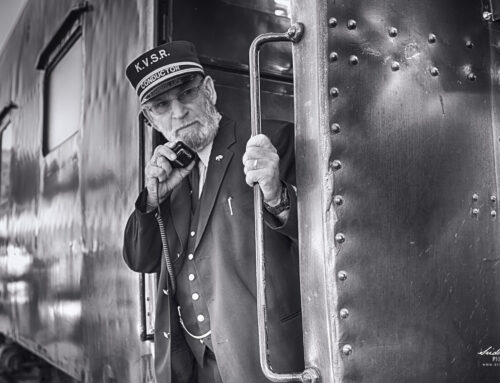How to keep the my equipment warm is one of the major questions that came up to my mind when I think of Arctic.
I heard that in bitter cold, O-rings shrivel, lubricants in cameras and tripods seize up, LCD screens freeze and everything is brittle and fragile. Lenses that use composite materials, for instance, can have real trouble in extremely cold environments. Plastic, metal and glass all shrink at different rates when exposed to cold conditions. Whenever possible, carry film, cameras, lenses, and other accessories under your clothing, where they will stay warm and be protected from the wind. Don’t have equipment out in the cold longer than necessary. Be careful not to breathe on your equipment, because your breath will form a layer of frost.
I am also taking a manual camera with a built-in meter instead of an automatic camera. If I use a fully automatic camera, I will override the automatic exposure and focusing systems so that you can operate it manually. I do have a spare back-up equipment in case my standard equipment doesn’t function as expected in the cold.
I will be travelling in Dog Sledge for 2 Days. I have to be aware that the camera equipment must go in the basket of the sled and I will be carrying it at my own risk. I cannot have unlimited loads in the basket, which is basically just a bag attached to the sled. Typically, the trails are groomed, but they can be bumpy, so I should prepare my equipment for that. Besides that, I have to realize that temperatures can drop below -40ºC easily in the back country. -45”C is no exception, and most electronic equipment can handle that kind of temperatures for a brief time only. On dog sledding outings with this kind of trips, I would be out in the cold for at least 4-5 hours. Batteries are the first to suffer from the cold.
I will have to stop at regular stops for photo ops and whenever I see a wildlife. At least half of my nights you will stay in the tent, which is heated by a woodstove. If it is too cold, I usually do not stay in wall tents, although these are heated by wood stoves too. It simply is too dangerous as Arctic visitors are not used to living in tents with outside temperatures around -40ºC or below. The only way to keep my camera warm, is to wear it to my body (like around my neck), because there is no electricity out there and water in thermos bottles freezes within 2 hours when it is really cold. Without a fire going there is nothing to generate heat. Some photographers use hand warmers (you know the ones with iron powder in it, which get nice and hot when you exposed them to air) in their bags to keep things from freezing (My bag will not be warm, but at least not freezing). Some wrap their cameras in aluminum foil with some of the hand warming bags close to the camera. So, maybe you can try that in your freezer at home; see how long your bag keeps warm with a hand warmer compared to without.
I have to be careful with moisture!!!!! There is a very dry climate in Yukon, there is no water at -40ºC, but after warming up ice becomes water again. Seems like a dumb remark, but many people forget about it……. So, two more things I should be careful about.
a) Freezing of moving parts (e.g. zoom lens): if I bring my camera from the lodge, where water is boiling and which has a humid atmosphere, outside without paying attention to it, the moist air firstly condensates on metal parts, and shortly after that freezes. So, I have to keep my camera as dry as possible, even moist air is dangerous.
b) Condensation inside my camera: when outside be careful with changing lenses etc. As said at -40ºC there is no water anymore, but there is ice. All moisture in the air will be frozen in the form of small particles (called diamond dust when it glitters in the sunlight), when these and or small corns of snow (at -40ºC it is not flakes anymore) get inside your camera body, they turn to water once you bring your camera back inside. Either that may damage my camera, or when bringing it outside again, where the water, which usually gets settled in small gaps (mirror mechanism, diaphragm), immediately will freeze, leaving my camera inoperable.
As the goal of my trip is to make wilderness trips, it means too that I am nowhere near houses or other people. Imagine living in a freezer for 5-6 hours, which is not too bad, because a freezer is usually just -18ºC. Maybe you could use a freezer anyway for testing. Warm up your bag, and put it in the freezer with a thermometer inside, so you can see how fast it cools down. Opening and closing would be comparable what you do during the dog sledding, and yes you would be outside all the time just before, during and just after the dog sledding.
Hope I don’t frighten you with all this, I just want to go as well prepared as possible. It would be a pity to waste half my time repairing my camera or having my camera inoperable when that once in a lifetime moment comes by!







Leave A Comment